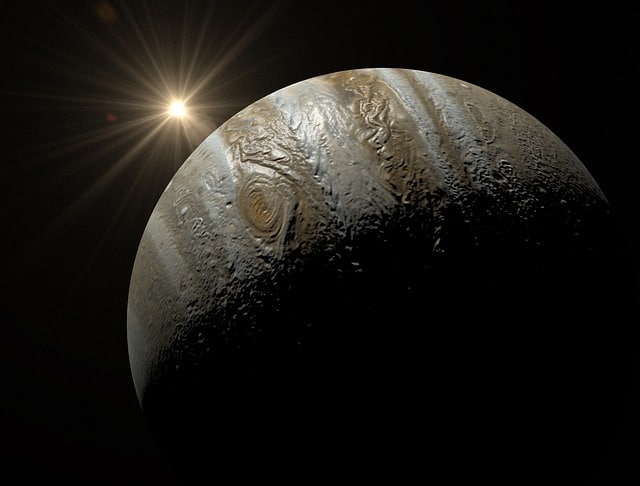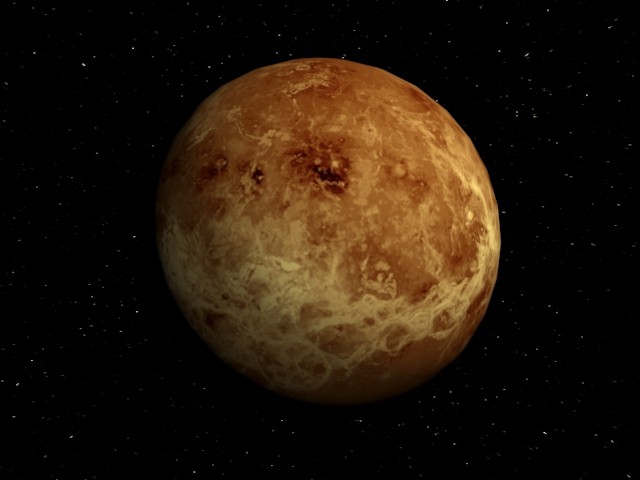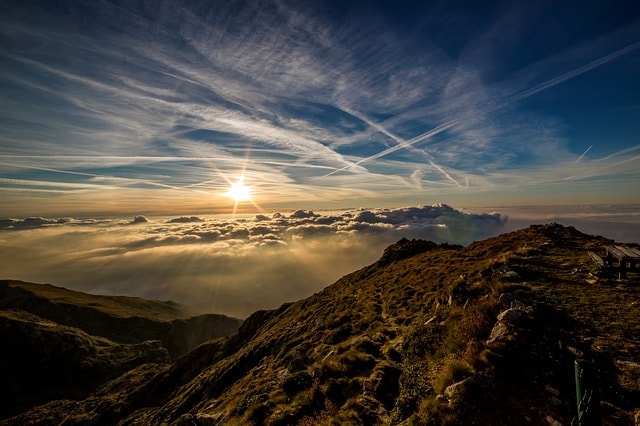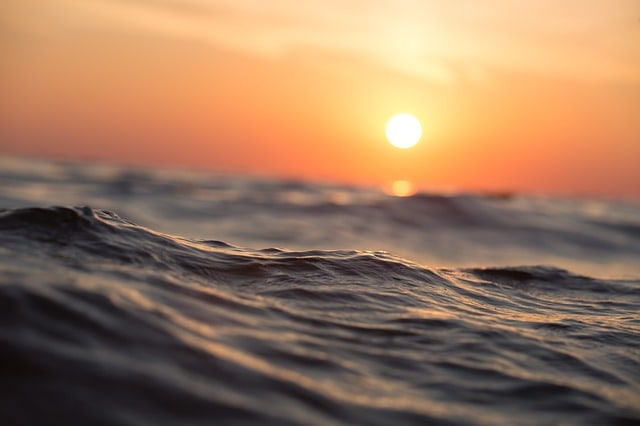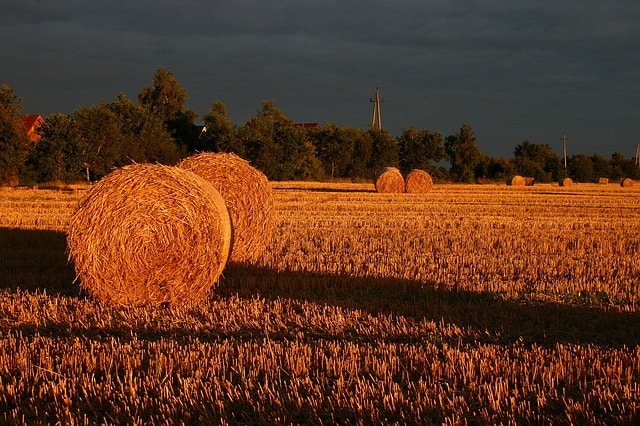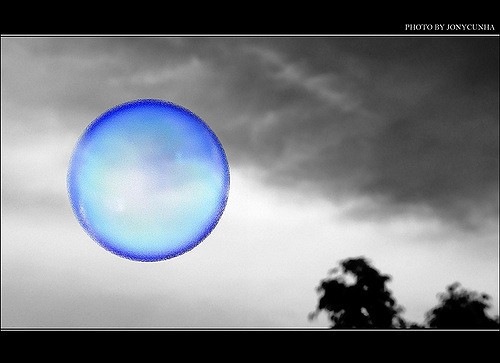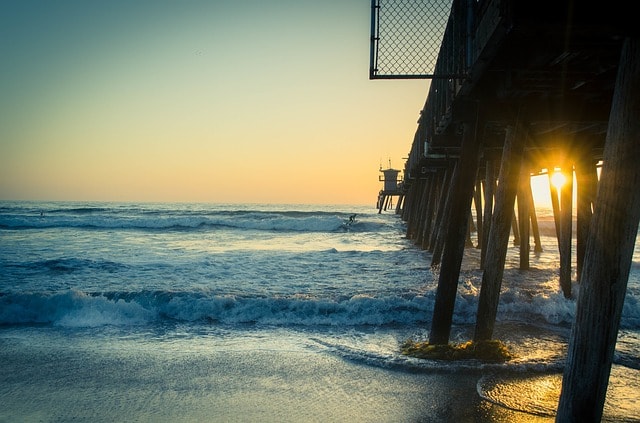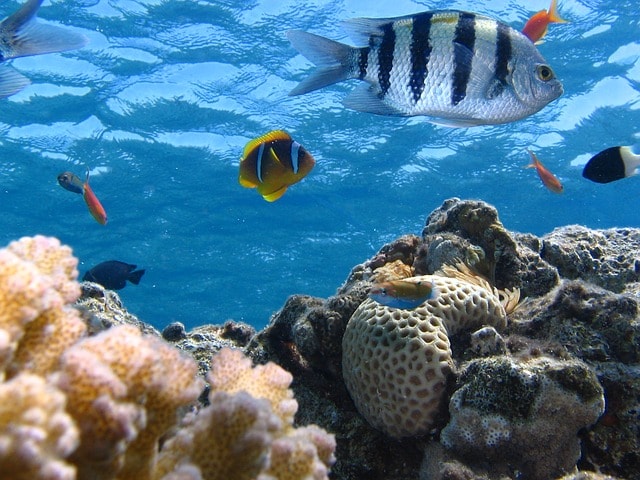30+ Remarkable Facts About the Planet Jupiter
Jupiter is one of the most spectacular places in the solar system. It’s named after the Roman king of the gods. Jupiter’s cloud patterns are incredibly complex, constantly changing, multicolored that looks like nothing else in the solar system. Jupiter occurs half a billion miles from Earth, a giant sphere of intrigue. It has the…

